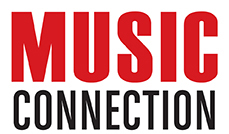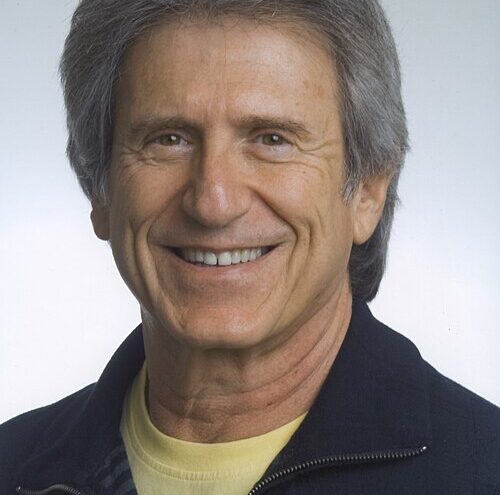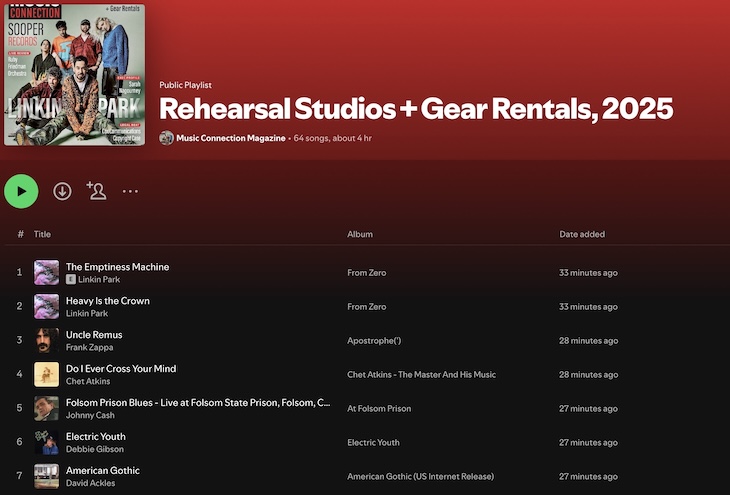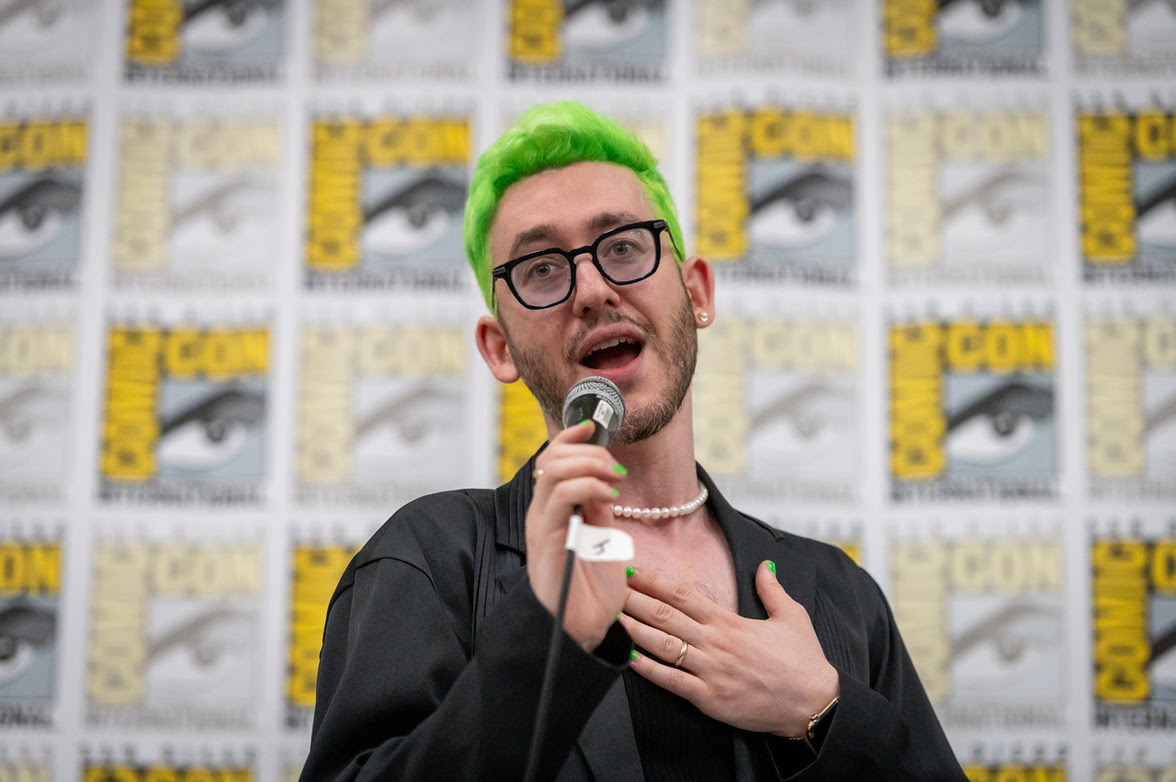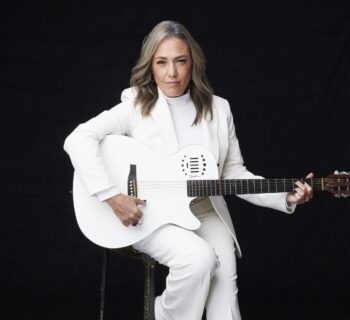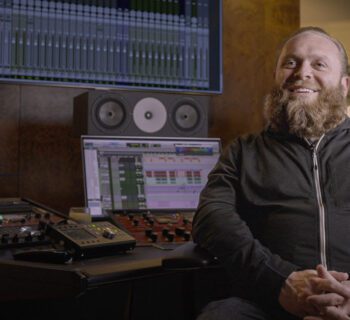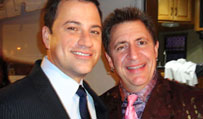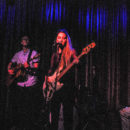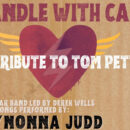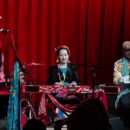Michael Ochs, music journalist, author, record label publicist and the preeminent music photo archivist of all time, died on July 23, 2025, at his home in Venice Beach, Calif.
He was 82 and cause of death from Parkinson’s disease, with which Ochs had been diagnosed five years ago, he was also suffering from COPD, kidney and related heart issues.
The younger brother of 60s singer-songwriter Phil Ochs, Michael Ochs created a business of collecting images of musicians that evolved into licensed photos to countless outlets, including books, print periodicals and online publications, television programs and film companies.
In 1972, Ochs covered the Southern California concerts on the Rolling Stones’ 1972 tour of the United States for the UK music weekly Melody Maker. In 1974 he read my interview with Brian Auger in The Los Angeles Free Press, and suggested I contact the editor of Melody Maker, Ray Coleman. Michael supplied the Watts line, aka Wide Area Telephone Service, introduced in 1961 by the Bell System, for flat-rate long-distance service, and I subsequently wrote for the periodical the next six years.
Ochs and Grelun Landon, head of Public Affairs at RCA Records, were advocates of my nascent music journalism, as I started to swim and survive in the sea of Hollywood, infested by envy sharks and jealous schmucks.
I interviewed Michael in 1980 for a profile of singer/songwriter Larry Williams for MOJO magazine that I worked on with Mick Farren. The Beatles covered Williams tunes, including “Slow Down,” “Bad Boy” and “Dizzy Miss Lizzy, and the Rolling Stones cut his “She Said Yeah.” John Lennon sang Larry’s "Bony Moronie"
Michael Ochs, was one of the fortunate few who actually saw Larry Williams live in his mid-to late-'50s glory, when he was riding high with chart hits like 'Short Fat Fannie', 'Bony Moronie' and 'Dizzy Miss Lizzy'.
"It was the Veterans Memorial Hall in Columbus, Ohio... a travelling Alan Freed show, 1958. On the show was Jerry Lee Lewis, Buddy Holly, Chuck Berry, Frankie Lymon, Danny and The Juniors, Dickie Do and The Don'ts, The Chantals, Screamin' Jay Hawkins and Larry Williams. At the time, I thought Larry Williams was a minor talent. I thought 'Bony Moronie' and 'Short Fat Fannie' were derivative. Even as a kid. I wasn't expecting anything from Larry.
"He stole the show from everyone. He was a dynamo. At the end of his short set – everybody was allowed to do two songs – he was like a madman. He grabbed the guitar from the guitarist, started playing that. He started playing the piano backwards, his back to the piano. Then he grabs the sax from the saxophone player, jumps on top of the piano and starts wailing on sax. He was fucking unbelievable. I was destroyed. I had no idea the guy would be that good. I mean, I went there to see Chuck Berry..."
In 1972, Shelter Records co-owner Denny Cordell hired Michael Ochs to promote The Harder They Come and the film’s delicious soundtrack album.
Ochs mailed a Mango/Capitol pressing of the LP, a press kit, and a real mango, all in a burlap bag that arrived at my Zura Hall dormitory at San Diego State University. A well-needed gift! I had written a couple of record reviews for The Hollywood Press.
I made efforts to review this album for the school’s The Daily Aztec but was quickly rejected. The reggae sounds on this LP were captivating, and I really needed to see this movie.
In November 1972, Ochs and I attended the Hollywood premiere of The Harder They Come at Grauman’s Chinese Theatre, where it screened as part of Filmex, the Los Angeles International Film Exposition. The place was packed and the audience loved it.
Shortly thereafter, I learned that visionary producer and director Roger Corman had secured domestic distribution via his company, New World Pictures.
The musical climate of the US was altered by the local premiere run of The Harder They Come at the Nuart Theater in West Los Angeles on December 26-31, 1972.
“I saw it at Filmex and loved the soundtrack album. I fell in love with reggae,” Michael Ochs remembered in a July 2021 phone call.
“Denny and Leon Russell were partners in Shelter Records, and Leon spent a lot of money on a remote recording truck. I was at the Wailers’ taping in October at Capitol Studios, which was fun. It was like a big rehearsal leading to a real performance.
“The rock press loved the movie and the soundtrack. It was too unique for AM and FM radio. Black radio programmers were not receptive at all. At the time, there was a dearth of originality. When this happens, the media tend to go to roots music, like blues. Reggae was the light at the end of the tunnel. It was important to promote it. At that time, I wasn’t sure if Toots [Hibbert] and the Maytals or Bob Marley would be the leader of the movement.
“Denny then hired me for the Shelter label. He agreed to a salary, an office, and a secretary. J.J. Cale and Phoebe [Snow] were two of the artists I worked with. Denny agreed to fly me down to Kingston if I could get a story in Rolling Stone, so I called my friend Michael Thomas, and he sold it to Stone. So, RS paid for Michael to come from London to do the story.
“Chris Blackwell loaned us one of his houses for us to stay in—me, Michael, and photographer Arthur Gorson. Robert Christgau didn’t stay there but came at the same time to do a five-part story for Newsday, a Long Island paper. Michael and Arthur went into Trench Town to interview Marley, but they were the only two allowed in. For the rest of the time, we were down there, different reggae artists including Toots were sent to the house to talk to Michael for the story.”
Photo, by Brierbach, licensed under the Creative Commons Attribution-Share Alike 4.0 International license.
